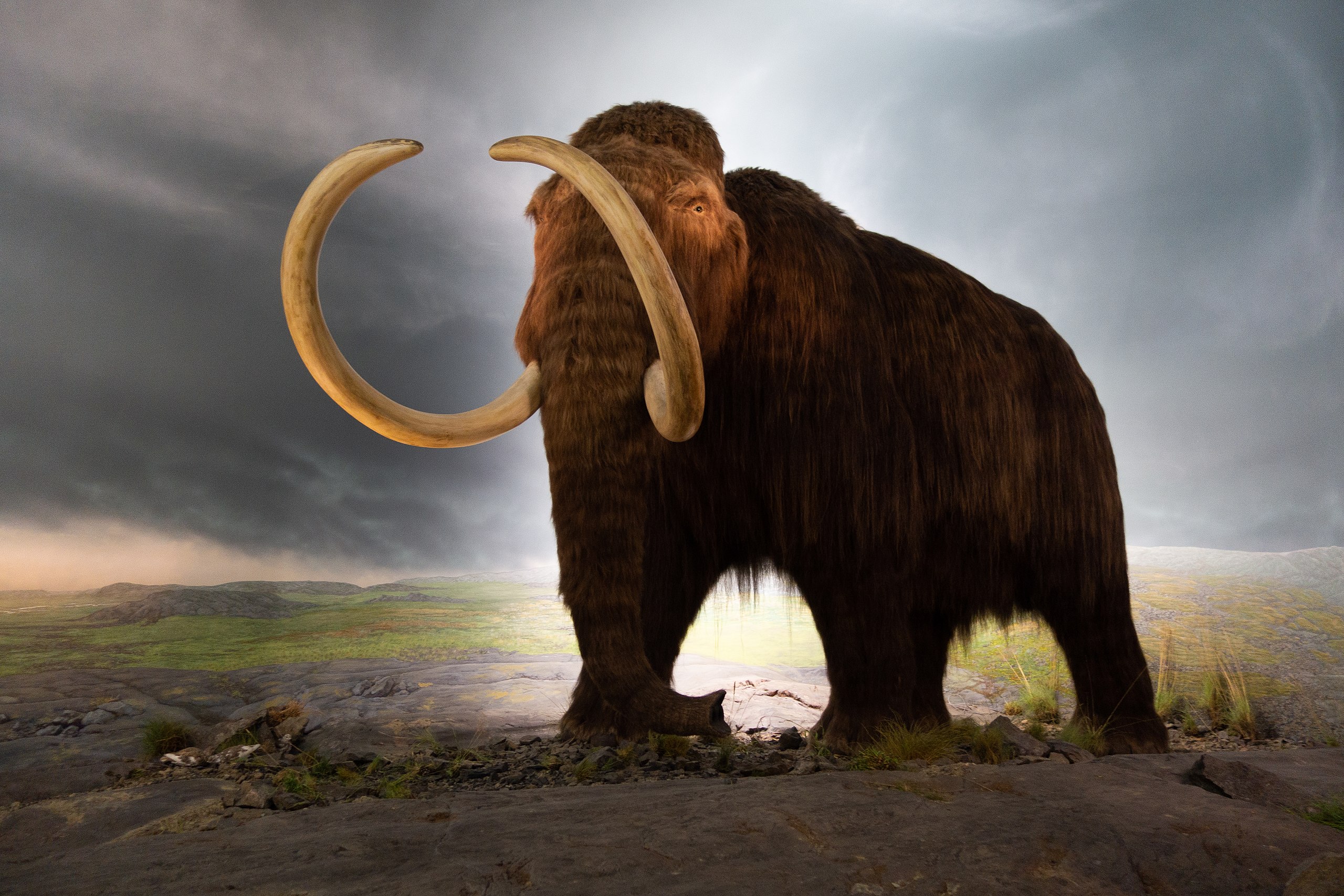Wrapped up in that potential is the ability to bring extinct species back from the dead. As CRISPR allows scientists to splice individual genes that program for specific characteristics into the genome of living species, it could be used to create new, hybrid animals that exhibit at least some of the physical and behavioral traits of their extinct brethren.
One such species that has been brought into the CRISPR spotlight in recent years is the woolly mammoth. The Woolly Mammoth Project is one of several ambitious plans under the direction of Revive & Restore, a California-based non-profit organization co-founded by the long-time environmentalist Stewart Brand, with the goal of enriching biodiversity by genetically rescuing endangered and extinct species. How exactly might scientists achieve it in the case of the mammoth?
“First, you need to sequence a prehistoric mammoth,” explained journalist Ben Mezrich in a 2017 interview with National Geographic. Source: Interesting Engineering

Jurassic Park Coming Soon? Scientists Are Trying to Revive Woolly Mammoths With CRISPR
Fair Use Notice:This site contains copyrighted material the use of which has not always been specifically authorized by the copyright owner. We are making such material available in our efforts to advance understanding of environmental, political, human rights, economic, democracy, scientific, and social justice issues, etc. We believe this constitutes a 'fair use' of any such copyrighted material as provided for in section 107 of the US Copyright Law. In accordance with Title 17 U.S.C. Section 107, the material on this site is distributed without profit to those who have expressed a prior interest in receiving the included information for research and educational purposes. For more information go to: http://www.law.cornell.edu/uscode/17/107.shtml. If you wish to use copyrighted material from this site for purposes of your own that go beyond 'fair use', you must obtain permission from the copyright owner.
